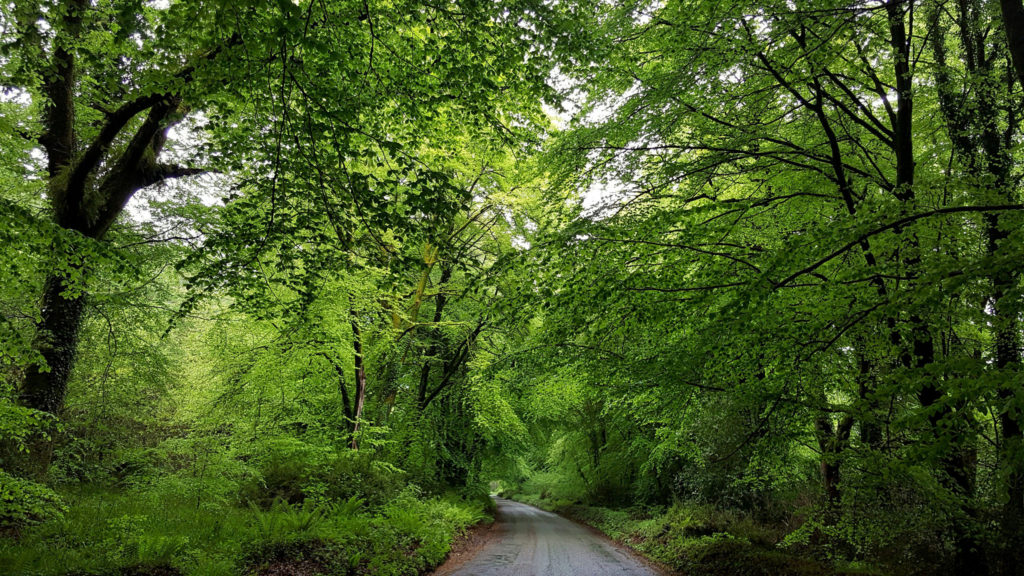
Deforestation is one of the largest contributors to climate change. Forests cover about 30% of the world’s land area and are a crucial sink for carbon dioxide. Over time, we have been steadily reducing the amount of forest in the world to obtain wood and timber, open up farmland, build towns and cities, produce paper, make palm oil, and mine for minerals.
As part of the global effort to mitigate the effects of climate change, there is now great interest in restoring forests and, as a result, planting tress has the potential to become a booming business.
The new term for this and related activities is the “restoration economy” and, according to a joint report by the World Resources Institute and the Nature Conservancy, there is plenty of money to be made in forest restoration. They estimate that it could eventually be an $84 billion a year business.
The WRI itself is leading a $2 billion land restoration program across Latin America and the Caribbean. The WRI-Nature Conservancy report evaluated 140 land restoration companies operating across the world looking at profitability, scalability, environmental and social benefits.
Some companies are already doing well. UK-based Biocarbon Engineering operates a fleet of drones reforesting difficult-to-reach areas. The Dutch firm Land Life Company manages projects from Chile to Zambia. Its so-called “cocoons” made of recycled wood pulp provide a way to plant tree seedlings with a higher survival rate. Some other companies are not in the tree planting business per se, but are doing it on a major scale to support their primary activity.
The restoration economy faces an uphill climb, but the world can certainly benefit from its success.
**********
Web Links
Planting Trees Has Become a Big Business
Photo, posted May 13, 2017, courtesy of Liam Lysaght via Flickr.
‘The Restoration Economy’ from Earth Wise is a production of WAMC Northeast Public Radio.
Leave a Reply